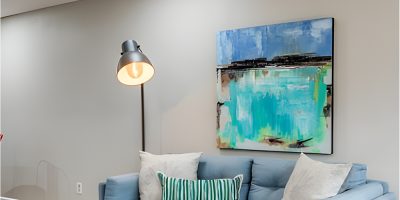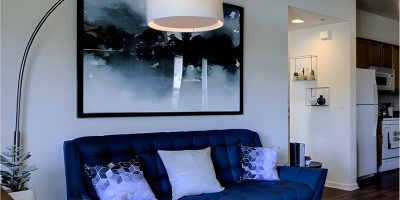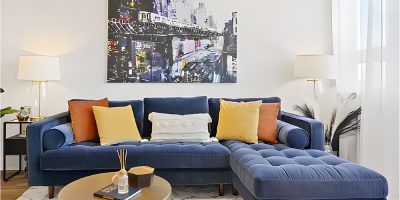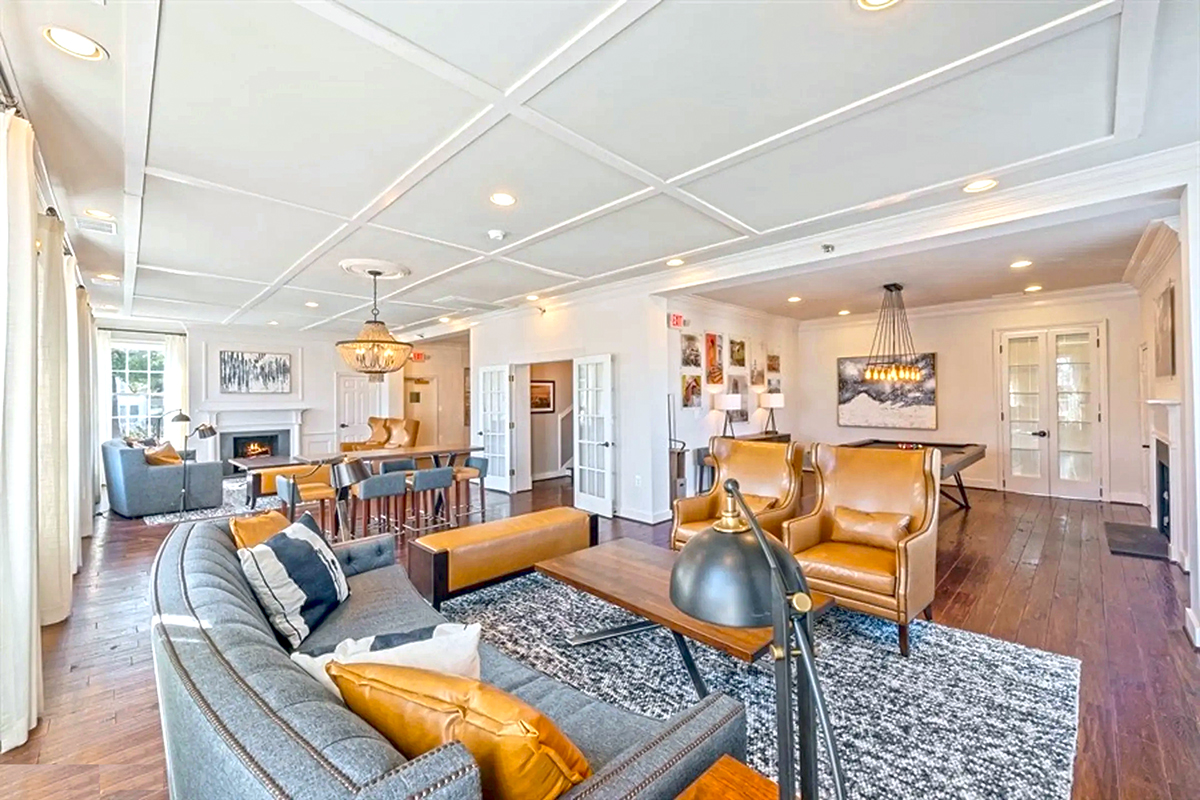
Decorating two side-by-side living rooms can be a thrilling design adventure! It’s all about blending style, comfort, and function to create individually charming and harmoniously connected spaces. Whether you envision one room as a cozy family haven and the other as a chic space for entertaining, the key is to strike a balance. The challenge? Ensuring each room shines on its own while maintaining a cohesive look throughout. Think of it as a duo of spaces with unique characters, yet they sing in perfect harmony. So, grab your color swatches, and let’s dive into the world of dual-room decorating!
1. Understanding the Space
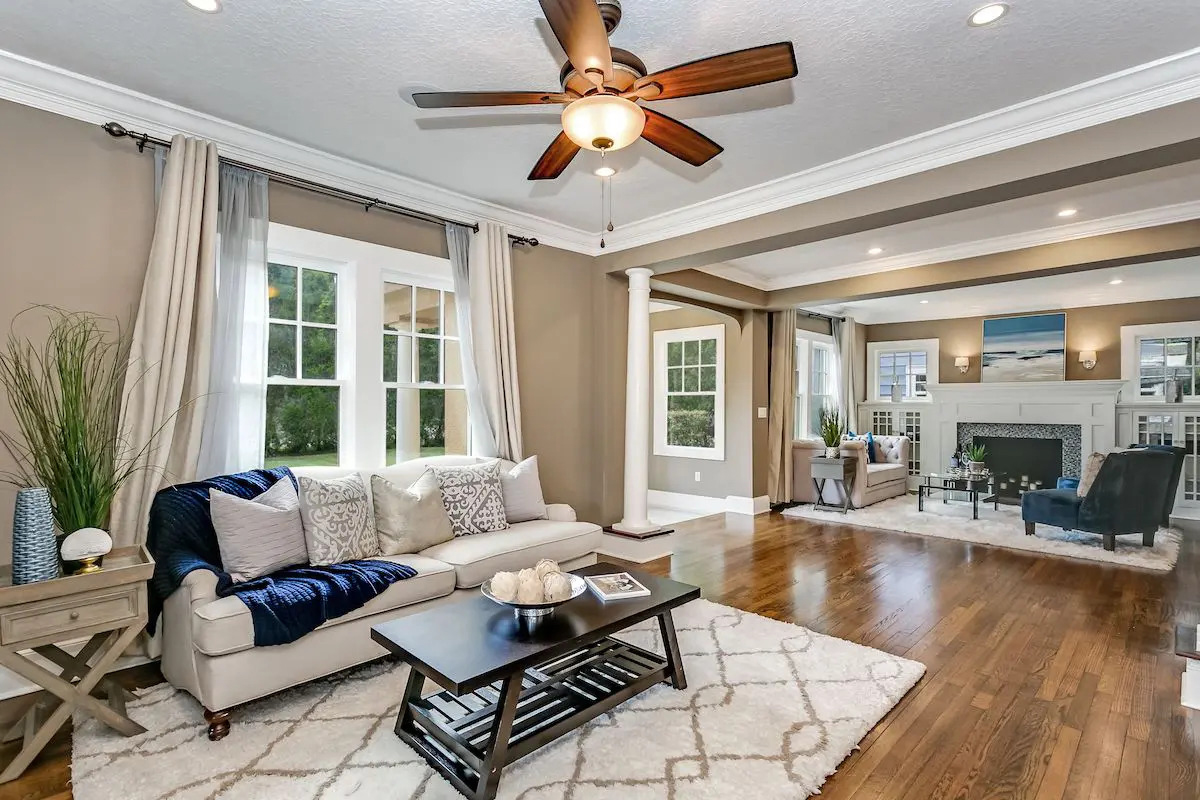
Let’s kick off our decorating journey by genuinely understanding the space we’re working with. Think of this stage as getting to know the canvas before painting.
First, assess the layout. Grab a tape measure and note each room’s dimensions. Why? Size matters when it comes to picking the right furniture and accents. A spacious room can handle bold, large pieces, while a cozy space calls for more compact, multi-functional furniture.
Next, talk about natural light – a secret ingredient that can transform a room. Pay attention to how sunlight flows through the space at different times of the day. This insight is golden for deciding on paint colors, lighting fixtures, and even the placement of your plants.
Now, don’t forget the existing architectural features. Got a gorgeous fireplace? Stunning bay windows? These are your rooms’ superstars. Let’s make sure they stand out and guide our design decisions.
Finally, what’s the vibe you’re going for? Is one room going to be your formal, ‘wow-your-guests’ space, and the other a comfy, kick-back-and-relax zone? Or maybe you need a blend, like a family-friendly room that can also host your book club. Defining the purpose sets the stage for everything that follows – from furniture to fabrics to those little touches that make a room feel like home.
2. Choosing a Design Theme
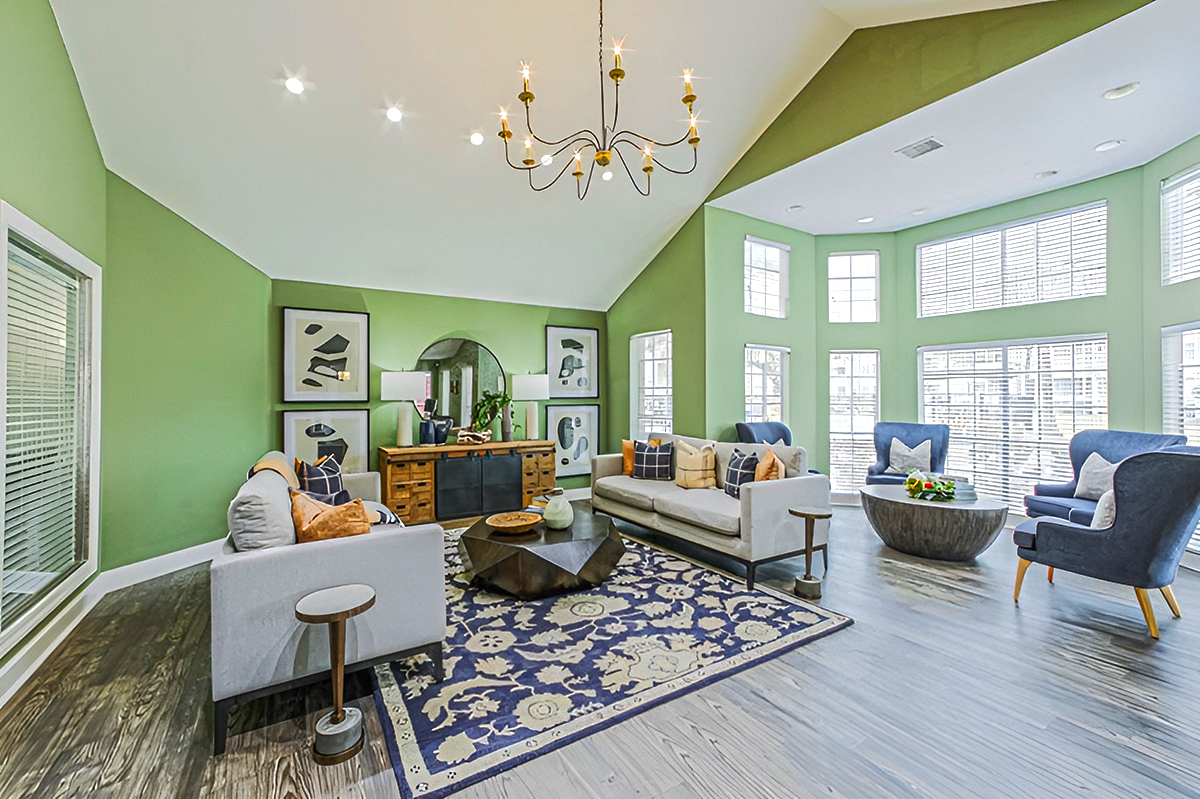
Now that we’ve got a good grasp of the space, it’s time to dive into the exciting world of design themes! Think of this as setting the stage for your personal style story. The trick here? Ensuring both rooms feel connected, like chapters of the same book.
Let’s discuss the importance of a cohesive look. Imagine walking from one room to another and experiencing a smooth transition, not a jarring jump into a different world. That’s the magic of cohesion. It’s like a visual thread that ties both spaces together, making your home feel harmonious and well-thought-out.
Onto the fun part – color schemes! Colors are like the language of your rooms. They communicate mood, style, and personality. When picking colors for side-by-side rooms, think of them as best friends. They don’t have to match exactly, but they should get along. A cool blue in one room can beautifully complement a warm gray in the other. Or play with different shades of the same color for a subtle yet striking effect.
Now, themes! If you’re drawn to clean lines and simplicity, a modern theme might be your jam. Love a bit of history in your décor? A vintage theme can bring that old-world charm. And if you can’t decide and love a bit of everything, eclectic is your go-to, blending various styles and eras to create a unique space. Remember, the theme should reflect who you are – your living rooms are personal canvases waiting for your creative touch!
3. Furniture Selection and Arrangement
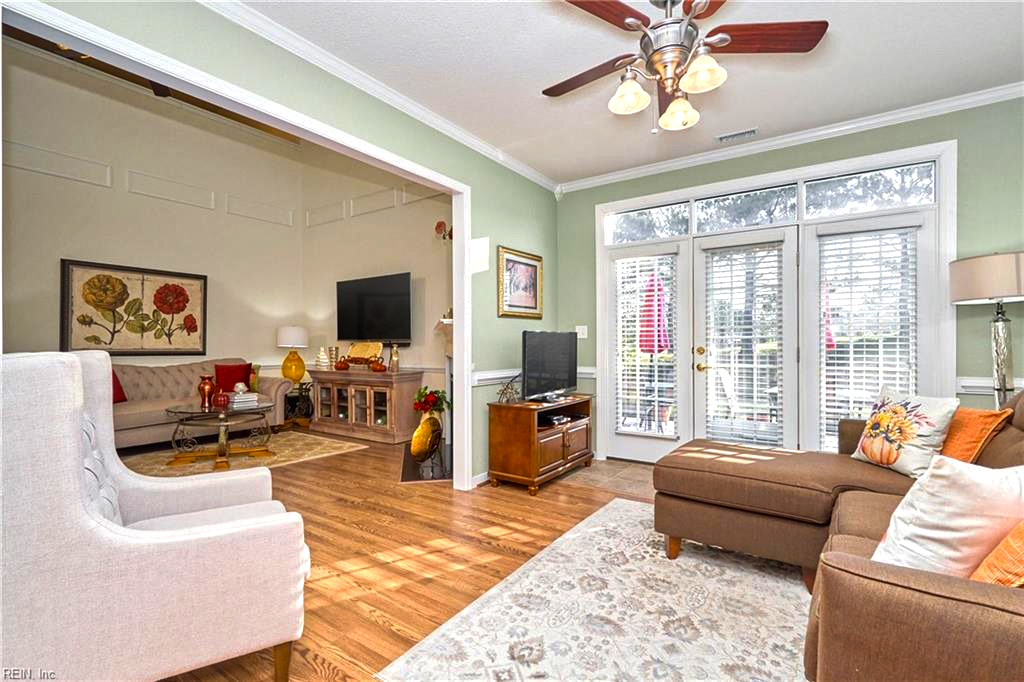
Let’s roll up our sleeves and dive into furniture selection and arrangement! This is where your living rooms start to take shape, form meets function, and your design theme comes to life.
First, think of furniture as the anchor of your rooms. It’s not just about filling space; it’s about creating an experience. Start by choosing pieces that echo your design theme. If you have a modern theme, go for sleek, minimalist pieces. If you’re going vintage, hunt for those timeless, classic gems.
But here’s the real kicker: how you arrange your furniture can transform the look and feel of the rooms. It’s like a dance – each piece needs to move in harmony with the others. In one room, you might want a cozy, intimate setup with sofas and chairs inviting conversation. Alternatively, maybe a more open, airy arrangement suits your purpose better.
Now, let’s talk about linking the two rooms. Imagine you’ve got this invisible thread tying them together. Maybe it’s a color, a material, or a style detail repeated in both rooms. This subtle connection makes the whole space feel unified, even if each room has its distinct character.
And don’t forget: your furniture should look good and make sense for your life. Do you need lots of seating for big family gatherings? Go for that extra-large sectional. Do you love you love having game nights? Make sure there’s a central table everyone can gather around.
4. Decorative Elements
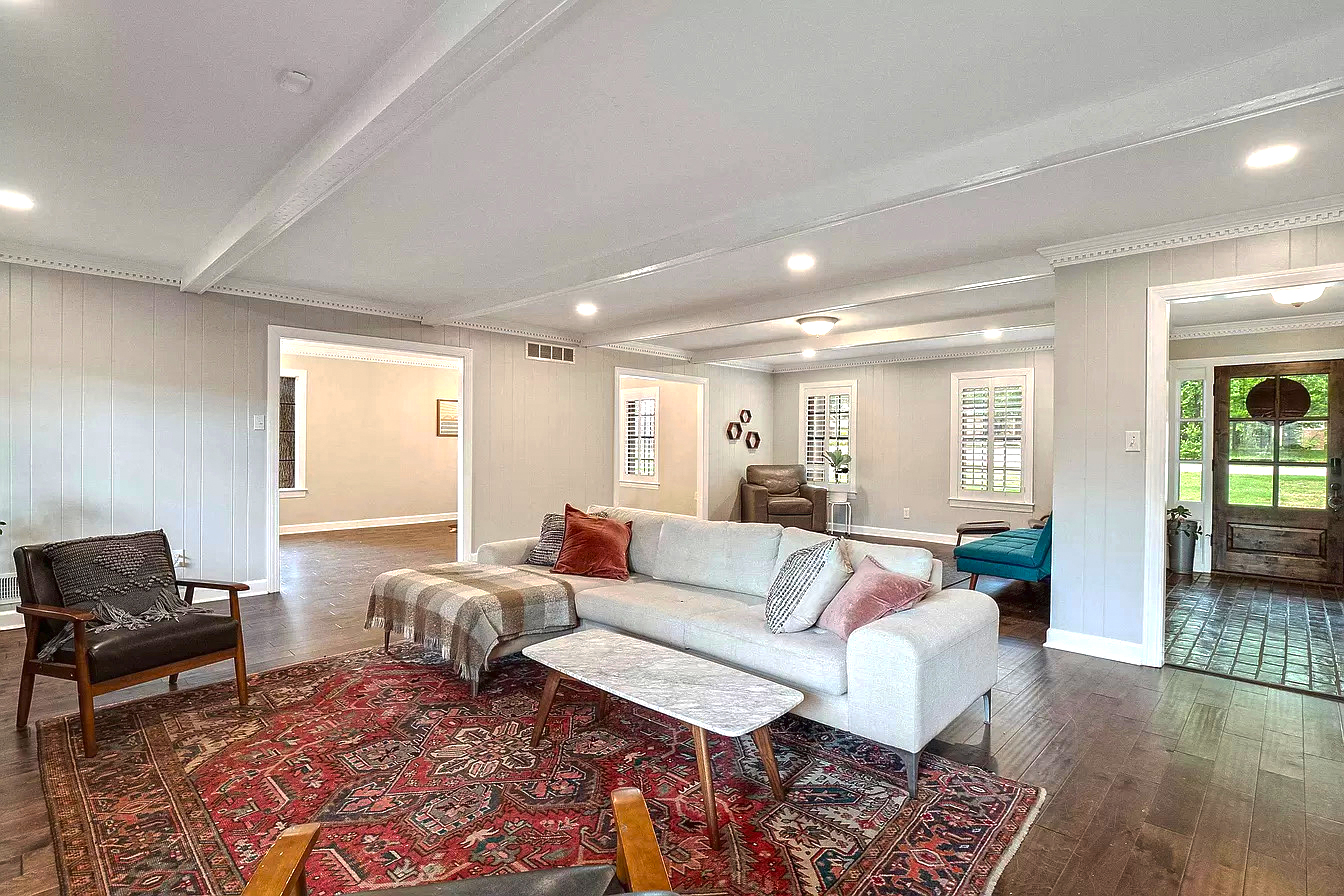
Now, let’s sprinkle some magic with decorative elements! This is where your rooms get their sparkle and personality. It’s like accessorizing your favorite outfit – the details make all the difference.
First up, rugs. Rugs are like the unsung heroes of home decor. They can define a space, add warmth, and even serve as a piece of art on the floor. When choosing rugs for your side-by-side living rooms, think about how they can complement each other. Maybe pick different patterns in the same color scheme or use a similar style in each room to tie them together.
Next, curtains. They’re not just for privacy; they’re a fabulous way to add texture, color, and drama. You could go bold in one room and subtle in the other, but keep an element consistent, like the fabric type or the way they drape.
Cushions are where you can have some fun. Mix and match colors, textures, and patterns to add depth and interest. They’re like little personality pops that can easily be swapped out as your mood or the season changes.
Let’s talk art and decorative items. Here’s your chance to express yourself and bring in some uniqueness. Whether it’s a striking piece of wall art, a quirky sculpture, or a collection of vintage finds, these pieces tell your story. Balance and contrast them between rooms – a large painting in one, a gallery wall in the other, but maybe with a common color or theme.
Finally, lighting is all about setting the mood. A mix of overhead, accent, and task lighting can create different vibes for different occasions. For example, a statement chandelier in one room and matching table lamps in the other create a cohesive yet diverse lighting scheme.
Remember, decorative elements are where your personality shines through. It’s like a finishing touch that says, ‘This is me!’ So play around, and let your rooms reflect the unique and fabulous you!
5. Making Each Room Unique
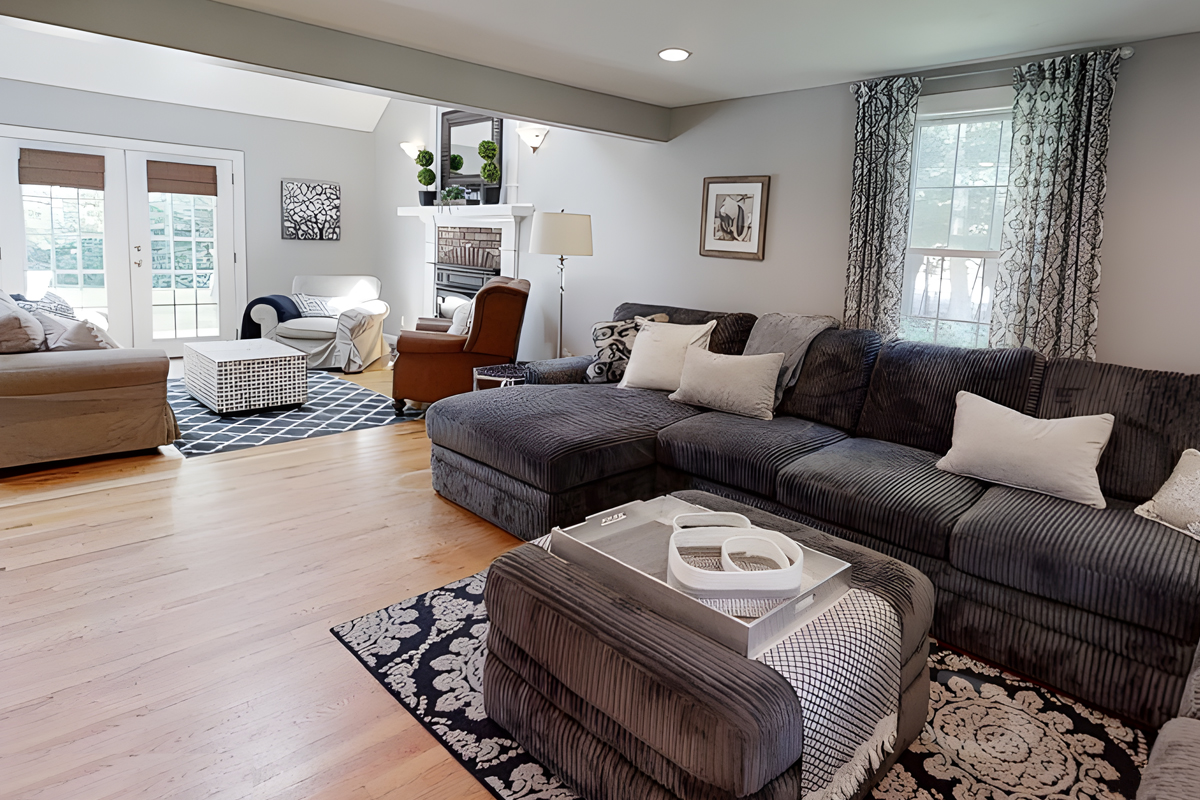
Let’s move on to one of the most exciting parts: giving each room its unique flair! While we love the idea of a cohesive look, we also want each space to have its own heartbeat and story. This is where your creativity gets to shine.
First, consider creating a distinct focal point in each room. This could be anything from a bold piece of art to a statement piece of furniture or even a unique architectural feature like a fireplace. Maybe one room has a vibrant, eye-catching painting that draws everyone’s attention. In contrast, another has a vintage coffee table that’s a conversation starter. These focal points give each room a different energy and vibe.
Now, let’s sprinkle in some personality. This is all about those little touches that make a space feel like it’s truly yours. In one room, you might display a collection of travel souvenirs that tell the story of your adventures. In the other, family photos or heirloom pieces can add a warm, personal touch. These elements don’t just decorate a space; they infuse it with your life and memories.
And here’s a pro tip: play with textures and materials. Maybe one room features soft, plush fabrics, creating a cozy, inviting feel. The other room could contrast with sleek, smooth surfaces for a more modern, sophisticated look. It’s all about creating distinct sensory experiences in each space.
6. Creating Flow and Harmony
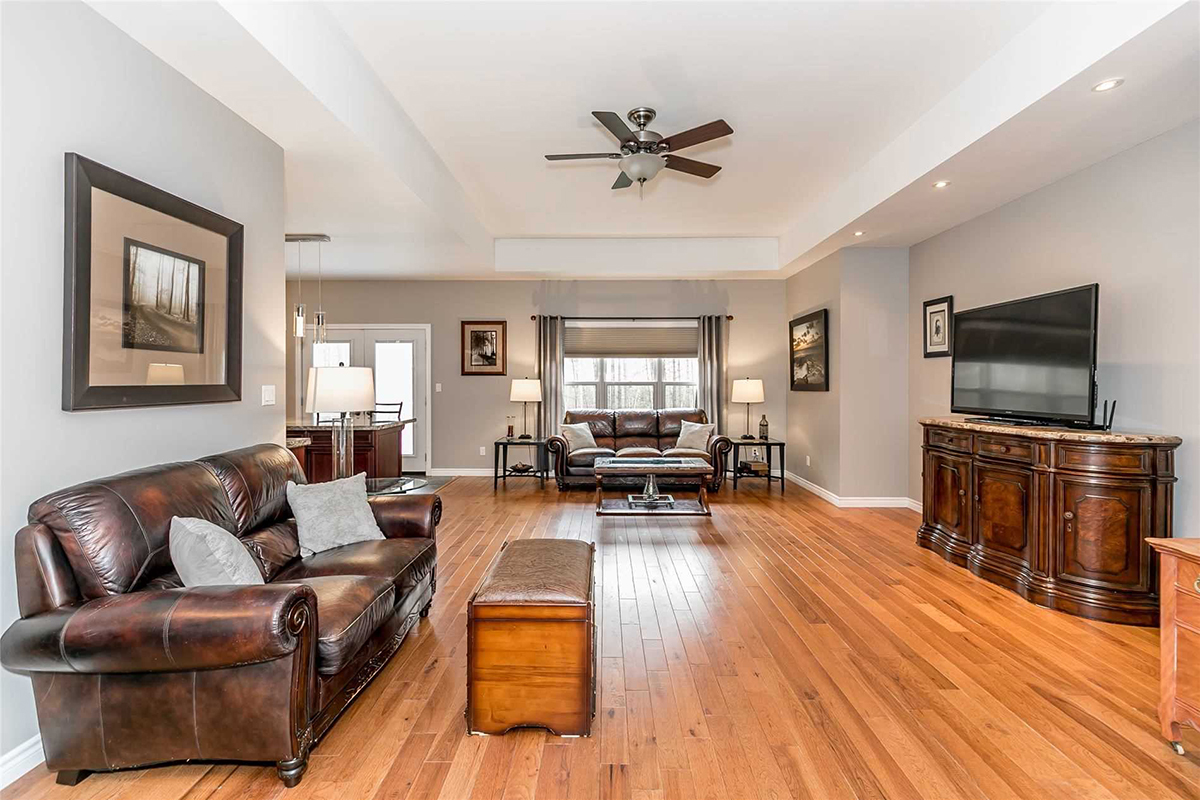
Now, let’s tie it all together by creating flow and harmony between these two beautiful living spaces. It’s like conducting an orchestra where every element plays in perfect harmony, creating a symphony of style that flows effortlessly from one room to the next.
First, let’s talk about visual links. These are subtle threads that connect the rooms. You can achieve this through color, like using a standard accent color in both rooms or through patterns and textures. Think of a pair of decorative pillows in one room that match the curtain fabric in the other. This kind of repetition is soothing to the eye and helps the spaces feel connected.
Next up, transitions. How does one room lead into the other? This can be as simple as a consistent flooring material that runs through both spaces or a hallway adorned with art or plants that echo elements from both rooms. The goal is to make moving from one room to another feel like a natural progression, not a jarring shift.
And don’t forget balance. While each room has its unique elements, they should feel equally inviting. This doesn’t mean they have to be mirror images of each other; instead, they should complement each other. If one room is bold and vibrant, the other might be more subdued, but they should still feel like parts of a whole.
